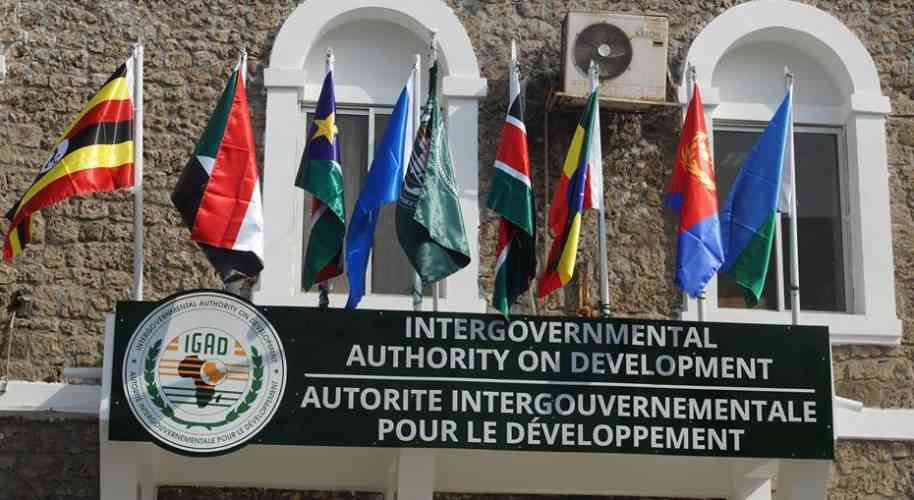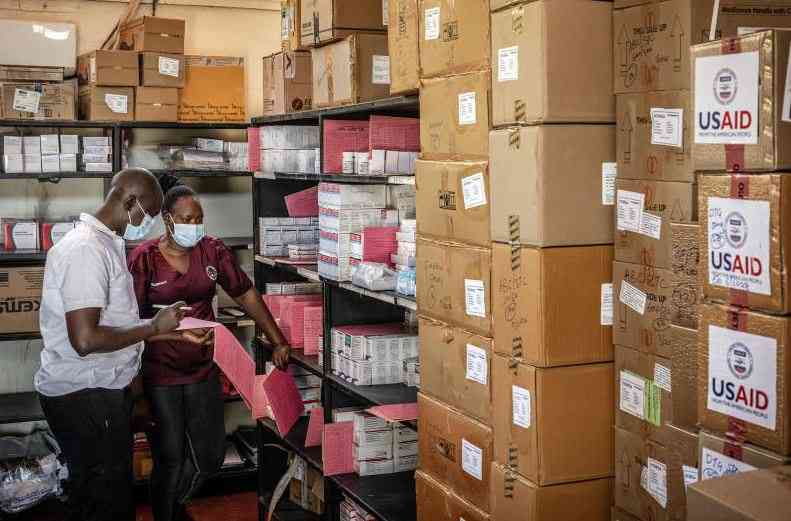#TheHerald180 | When royalty and celebrities came to town
In the more modern era, Gqeberha has been visited by an impressive catalogue of global A-listers — the future king of the UK (on an off-road bike, no less), a reigning monarch (who had to “borrow a car” to get around the city, so to speak), the son of a British prime minister who managed to find his way around the southern tip of Africa but had difficulty with the northern bit — and a string of big names from the international arts world.
The princes William and Harry stayed in the city in October 2008, following their participation in the Enduro Africa motorcycle challenge.
No stranger to causing a stir even back then, Harry jovially joined in the wedding reception festivities that happened to be taking place at the beachfront hotel where he and his brother were staying, much to the delight of guests.
The gung-ho princes had travelled 1,600km along the Eastern Cape coast from Port Edward to Gqeberha.
Their grandmother, Queen Elizabeth II, spent a full day meeting civic leaders and other prominent residents during her visit in 1995 when pictures of her and Gqeberha’s first mayor following the previous year’s democratic elections, Nceba Faku, made front pages with their animated interactions at a string of engagements.
Their contrasting attire of the queen’s familiar hat, pearls and gloves style and Faku’s beaded necklace and brightly-coloured traditional dress made the pictures all the more striking.
And then there was Mark Thatcher, the son of former British prime minister, Margaret Thatcher — probably most famous for getting lost during the Paris-Dakar Rally and some alleged dubious business dealings — who granted an interview to The Herald’s sister newspaper, Weekend Post, only to decline answering most of the questions put to him. “Pass!” he blurted out, whenever a disagreeable subject was raised.
Following Queen Elizabeth’s death in September 2022, prominent Gqeberha personality and activist Lindsay Ziehl, who was awarded an MBE 10 years ago, wrote that she had admired the monarch all her life.
“I was three years old when Her Majesty came to the throne, and even as young as I was then, I knew this was somebody incredibly special.
“I have two affiliations to the queen. One was in 2015, when I was awarded an MBE (the most excellent order of the British Empire) and made my way to collect my gong at Buckingham Palace.
“The nomination process I was told goes like this: the prime minister at the time chooses who he thinks deserved the recognition and sends the paperwork to Her Majesty to select who she thinks should be awarded.
“The second connection is my cousin, Sir Terrence Heiser GCB, who was awarded the Companion of the Order of the Bath in 1984 and served as the permanent secretary at the department of environment until 1992.
“He was the minister given the task to inform Her Majesty that the renovations to Windsor Castle after the fire had to be paid by the family, but he would have many more interactions with her over the years.
“Her work ethic was like no other, as every day she would be handed the red boxes full of paperwork to read and sign off, and this was the start to her day, every day, except for her birthday and Christmas.
Mike Holmes, former Herald photographer, also had his own recollection, of the queen from 1995.
“Seconds after I took a picture of Queen Elizabeth greeting people in Bird Street, Central, she came over to me and offered her hand. She then asked me: ‘Have you taken some nice photos today’?”
During that same visit, Monty Uren, driver and protector for then Transitional Council chair Faku, told The Herald that the queen was in a 1972 Rolls-Royce they had acquired from retired businessman Albert Milde.
“It was an extremely hot day and while sitting in the car, they had the aircon on and when we were in New Brighton we noticed that their vehicle was letting out a lot of water, obviously from the radiator.
“We told the driver to watch out, otherwise the battery was going to be flat.
“From there, we went to our second-last stop at Vista University before the last stop at the PE Club in Bird Street. When we got to Vista, it was discovered that the battery of their car was flat.
They phoned me and said, ‘Monty, what can you do?’ I had about 30 minutes to make a plan.
“Thank God, I had a friend by the name of Manuel Mendes in Kragga Kamma Road.
“Prior to that, we used to run a weekend business doing weddings where we used his gold Rolls and a Cadillac. So I knew exactly where the vehicle was and where the key was.
“One of the queen’s VIP protectors and I rushed to Kragga Kamma.
“I contacted the nanny to open the gate, got into the car and rushed out.
“I had a radio with me that I used to communicate with traffic officials at the municipality so we could have a smooth ride with traffic lights.
“I communicated with them to notify them where we were approaching and how close we were. My nerves were shot. Luckily, everything worked out well.
“I don’t think the queen even realised she was in another vehicle.
”It later turned out that my friend Manuel’s daughter, Lisa, was in the crowd and when she saw the vehicle she phoned her dad to tell him the queen was travelling in his car.
“Manuel thought she was talking nonsense because he was confident his vehicle was in the garage.
“When I returned the car and keys around 6pm when everything was over, Manuel was in the house and he said, “Oh my God, so it is true?”
“I said: ‘What’s true?’ He said: ‘Lisa phoned me telling me the queen was in my car’ and I said ‘yes, the queen was in your car. Sorry I never had time to ask you’.”
Queen Victoria’s son, Alfred, was the first of the blue bloods from Britain to land in Port Elizabeth, when he visited the city as part of his Cape tour.
The second son of Queen Victoria celebrated his 16th birthday in August 1860 in the Bay, when he was a midshipman in the Navy, and the Prince Alfred Guard — a city regiment founded in 1856 — bears his name.
The city’s 2010 stadium was built in Prince Alfred Park, also named after him.
The first king of England to visit was King Edward VIII, though he was still only a prince when he visited Port Elizabeth in May 1925.
But as keen viewers of the award-twinning Netflix series The Crown will be all too aware, he married the glamorous American divorcee Wallis Simpson which forced him to abdicate after less than a year on the throne, leaving his brother George VI to ascend.
The biggest royal visit seen yet in Algoa Bay was in February 1947 when King George VI brought his wife Queen Elizabeth and the two young princesses, Elizabeth and Margaret, to the city where the eminent family’s train was stationed at what is now Kings Beach.
But from opera singers, actors and authors to explorers, military leaders and entrepreneurs, the city has — over two centuries — been host to an eclectic mix of those whose names are part of history.
Details of when some household names spent time in the city — if just for a brief visit — are admittedly sketchy, but others are well-documented.
Iconic US author and humorist Mark Twain — real name Samuel Clemens — is known to have visited Port Elizabeth in April 1896 and stayed at the Grand Hotel.
At the time of his visit, a once wealthy but later bankrupt Twain — who had lost a fortune in investments in new technology — was in fact on a year-long round-the-world lecture tour which he had embarked on in July 1895 to pay off his debts.
After the relief of Mafeking, General Robert Baden Powell, founder of the Boy Scout movement, visited Port Elizabeth on December 24 1900 during the South African War, and a report in The Herald described how he was enthusiastically cheered on his arrival. He was also a guest at the Grand Hotel.
One war hero who visited was Lord (formerly Field Marshall) Bernard Montgomery of Alamein, who was in Port Elizabeth on November 26 1947, two years after World War 2.
And over a century earlier — four years before The Herald was first published — intrepid explorer David Livingstone visited Port Elizabeth with fellow missionary William Ross in 1841 to make preparations for their voyage into the interior of Africa.
Scottish writer Sir Arthur Conan Doyle — creator of the famous literary character Sherlock Holmes — gave two lectures at the PE Opera House on November 28 and 29 1928, on “Life After Death” and “My Psychic Experiences”.
And just days later, from December 5 to 7 1928, famous Shakespearean actress Dame Agnes Sybil Thorndike visited Port Elizabeth to open the second annual exhibition of the SA Institute of Art, which had its headquarters in Port Elizabeth In 1928/1929.
Some years later, world-famous soprano Amelita Galli-Curci sang in the Feather Market Hall on March 21 1932. She was one of the most popular operatic singers of the early 20th century.
Three years later, Yehudi Menuhin, widely considered one of the greatest musicians of the 20th century, visited Port Elizabeth on October 18 1935.
This US-born violinist and conductor spent most of his performing career in the UK.
On October 29 1938, the famous Austrian tenor and screen idol, Richard Tauber, was also in Port Elizabeth.
When the German Nazi party annexed Austria, he left the country for good.
While in PE he performed in front of a large audience during a concert at the Feather Market Hall.
He was in town again on September 4 1939 and, on his return to Europe, went to Switzerland.
Celebrated Polish-American classical pianist Arthur Rubinstein, KBE, visited on June 12 1939 and gave a performance at the Opera House.
He received international acclaim for his performances of the music written by a variety of composers.
Rubinstein was described by the New York Times as one of the greatest pianists of the 20th century.
* Excerpts from this article were previously published in earlier editions of The Herald commemorating historic moments in the newspaper’s history. Additional reporting by Brett Adkins, Ivor Markman and Gillian McAinsh.
You may also like...
Diddy's Legal Troubles & Racketeering Trial
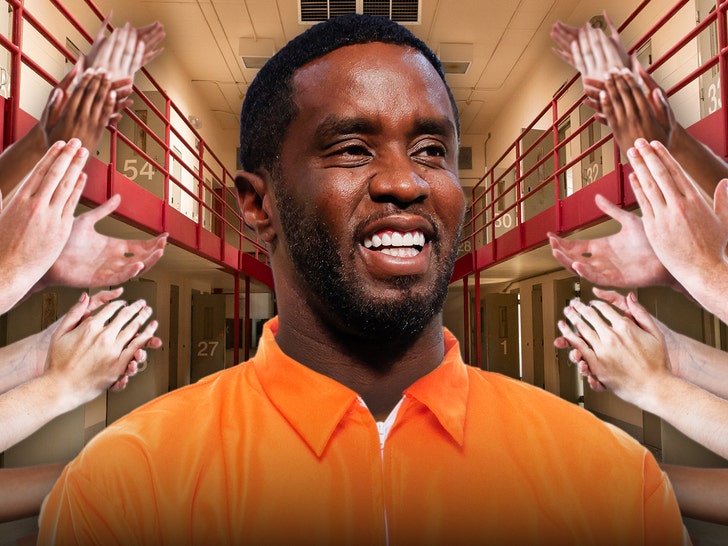
Music mogul Sean 'Diddy' Combs was acquitted of sex trafficking and racketeering charges but convicted on transportation...
Thomas Partey Faces Rape & Sexual Assault Charges

Former Arsenal midfielder Thomas Partey has been formally charged with multiple counts of rape and sexual assault by UK ...
Nigeria Universities Changes Admission Policies
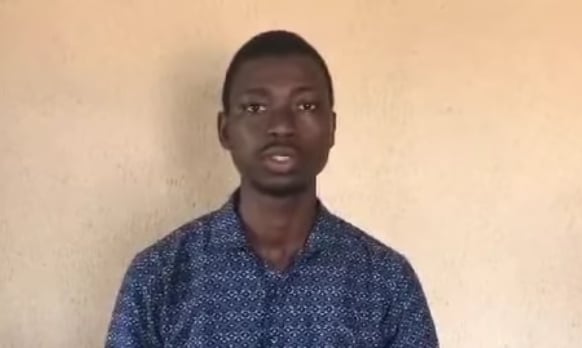
JAMB has clarified its admission policies, rectifying a student's status, reiterating the necessity of its Central Admis...
Ghana's Economic Reforms & Gold Sector Initiatives
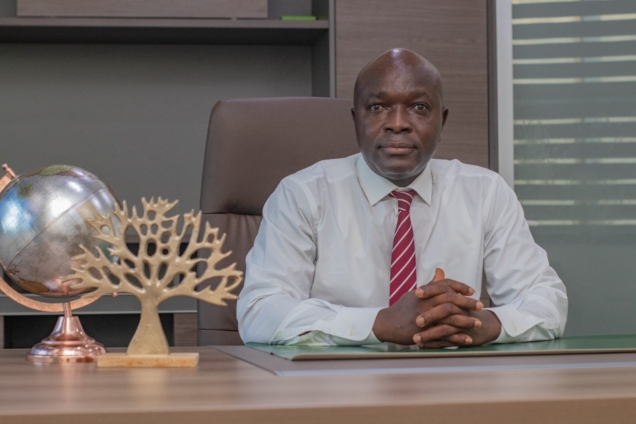
Ghana is undertaking a comprehensive economic overhaul with President John Dramani Mahama's 24-Hour Economy and Accelera...
WAFCON 2024 African Women's Football Tournament
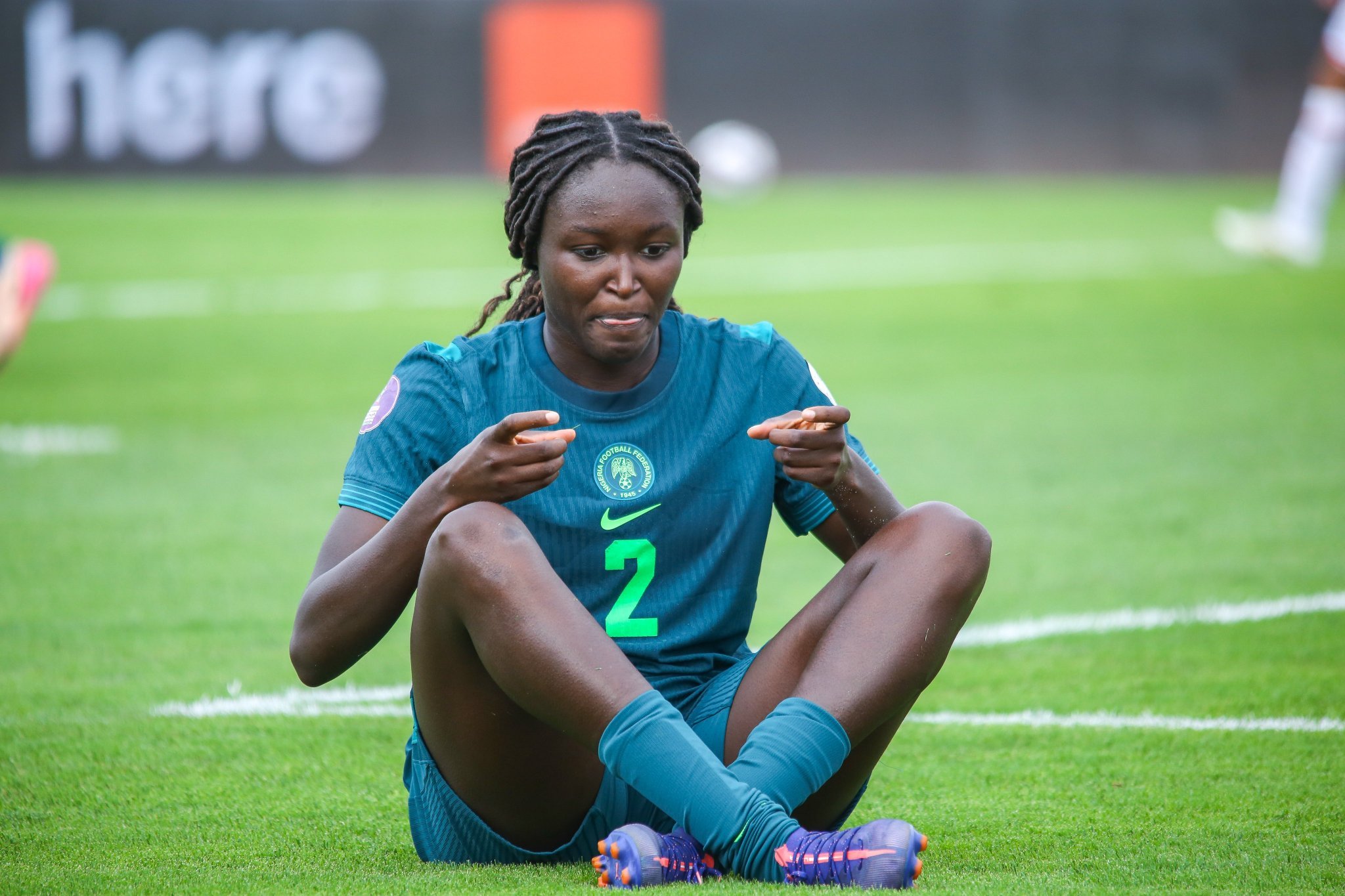
The 2024 Women's Africa Cup of Nations opened with thrilling matches, seeing Nigeria's Super Falcons secure a dominant 3...
Emergence & Dynamics of Nigeria's ADC Coalition

A new opposition coalition, led by the African Democratic Congress (ADC), is emerging to challenge President Bola Ahmed ...
Demise of Olubadan of Ibadanland
Oba Owolabi Olakulehin, the 43rd Olubadan of Ibadanland, has died at 90, concluding a life of distinguished service in t...
Death of Nigerian Goalkeeping Legend Peter Rufai

Nigerian football mourns the death of legendary Super Eagles goalkeeper Peter Rufai, who passed away at 61. Known as 'Do...



